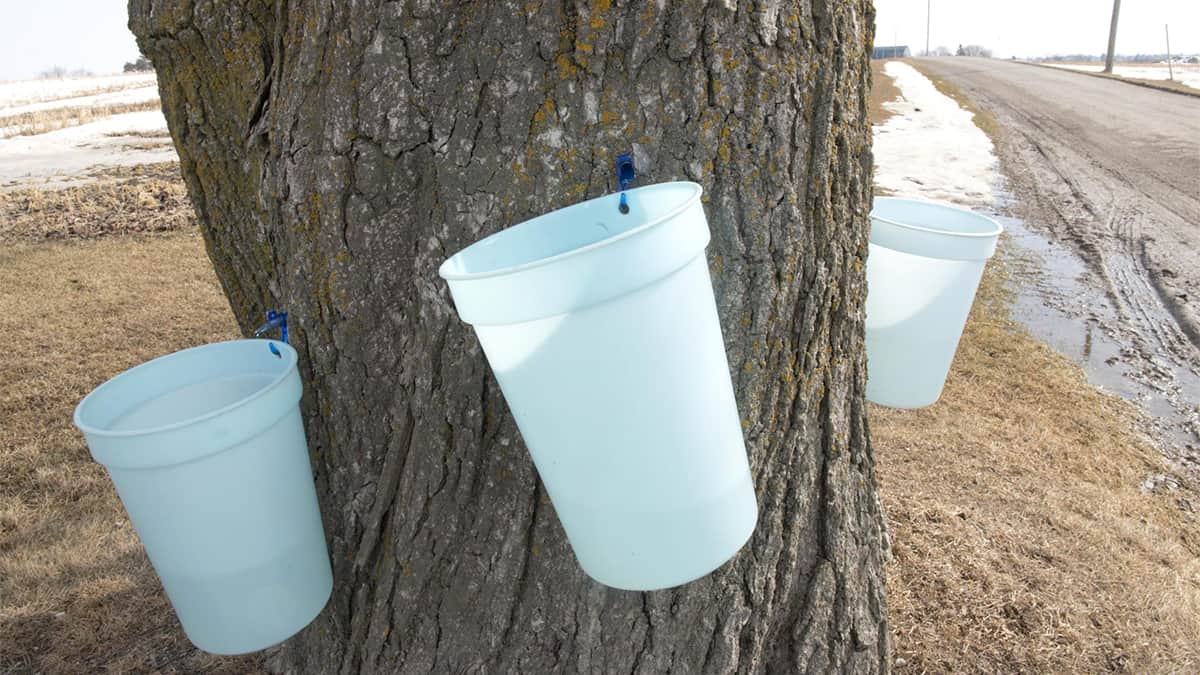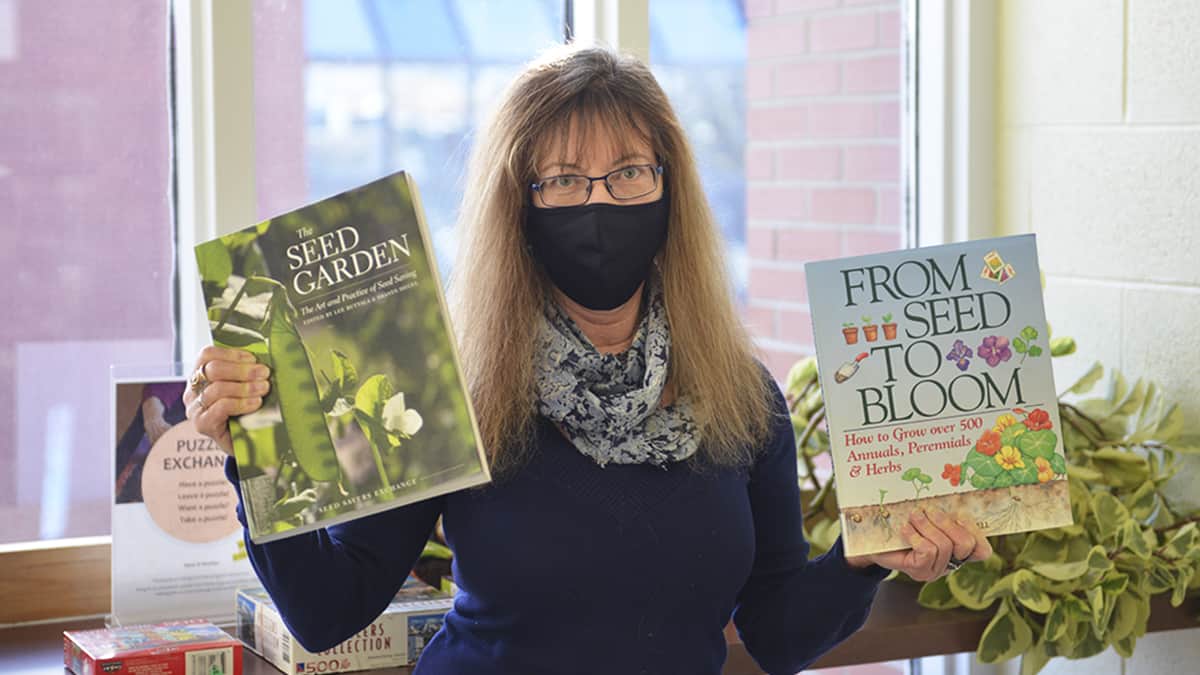The midweek weather had us thinking of spring, but winter’s not done just yet.
Temperatures reached double-digits this week, but will fall back to seasonal levels, with precipitation showing up as snow.
While we can expect milder-than-average temperatures in the season that arrives next week, spring is always unpredictable, says David Phillips, senior climatologist with Environment Canada.
“Spring is what it is: it’s very fickle and fitful [and] it comes and it goes. You have winter wanting to hang on and summer wanting to get a foothold, but that is what spring is, the transition season. It is often the shortest, it’s always reluctant to arrive,” he said.
“Because we changed the calendar in March, people are talking about spring. You can’t smell it yet – smelling of it comes a little later – but clearly, it’s on people’s minds. I mean, we deal with winter, but we want it to be over. And so, what we hope for, wish for, is not necessarily what nature delivers,” said Phillips.
“It’s almost extreme maple syrup kind of weather, melting during the day and freezing at night, except this is probably a little bit more wild than you think. We [saw] temperatures that [got] up to 10 degrees, double digits and then staying that way, and rain. And so, it’ll feel like spring, it looked like spring, but it’s not necessarily the coming of spring. Typically, after the 1st of March you still get on average, I’m not saying this year but on average, you still get 34 centimetres of snow. I mean, 21 per cent of your annual snowfall occurs after the 1st of March. You’ve never had a spring without snow in the Kitchener or Guelph area. And typically, you can have 12 days with measurable snow.”
The season’s unpredictability was on display last year, he notes.
“Last May, Mother’s Day was more like St Patrick’s Day. … Spring is that kind of fickle, fitful yo-yo kind of weather: back and forth, up and down.”
While temperatures for March and the rest of spring are expected to be higher than normal, residents shouldn’t put away the winter clothing just yet, he advises.
Average temperatures for the middle of March would come in with highs of about 4 degrees and lows of minus-6. While perhaps not as warm as people would like, the transition is good for farmers and for mitigating flooding, Phillips added.
“[It] helps to control the water flow, it always runs in the day and then kind of slows up at night and that’s the easy way out. You want to get rid of the look and the feel of winter before you get summer. If you go from winter to summer it is catastrophic, it’s not good for farmers, it’s not good for hydrology, for flooding, it’s not good for a lot of things. It’s always good just to kind of take its time and unfold like it should. The sun is higher in the sky now, you can feel when you’re walking around in your area, you can feel that sun. Even though it’s cool outside, that sun is seducing you to come out, and feel that warmth. The days are getting longer, of course, by three and a half minutes. So, we can feel it we tend to want it, and rush it. But sometimes it’s best to get normal weather, average weather.”
With the weather outlook promising, Phillips says he expects the 2021 maple syrup season to be very promising with near normal temperatures right now melting things during the day and freezing them again at night.
“My sense is that this is better than most years, and better than what we’ve had in recent years. So, my sense is that maple syrup producers will be happy.”









